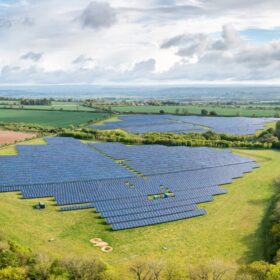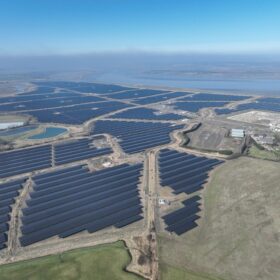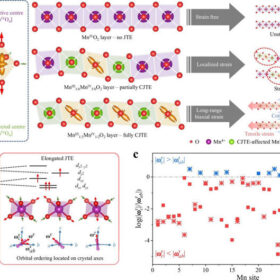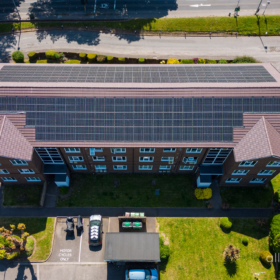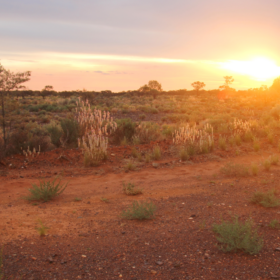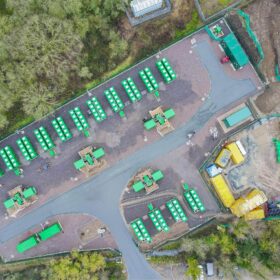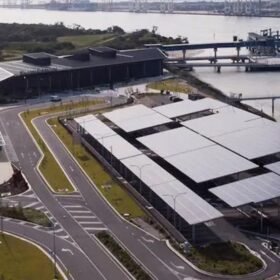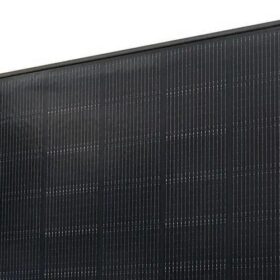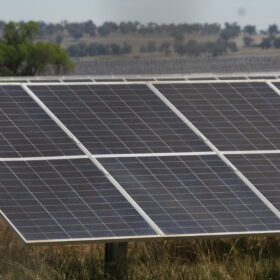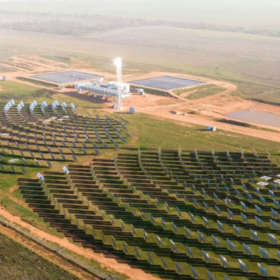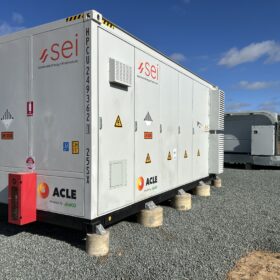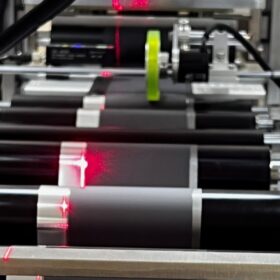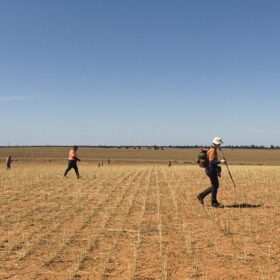UK developer secures $718 million financing for 609 MW solar, battery portfolio
British Solar Renewables has reached financial close on a 12-project solar portfolio with three co-located battery assets. The $718 million financial package covers 536 MW of PV capacity and 146 MWh of energy storage in the United Kingdom and Australia.
Quinbrook brings largest UK solar plant online
Australian-owned developer Quinbrook Infrastructure Partners has announced that its 373 MW Cleve Hill Solar Park – the largest solar plant in the United Kingdom to date – is now exporting 100% of its capacity to the grid. Under construction, co-located energy storage is to come online later.
Researchers report zinc-ion battery life breakthrough
Australian researchers are reporting a breakthrough with zinc-ion battery technology, developing a new method to significantly boost the structural stability of the cathode material that enables the battery to operate reliably for more than 5,000 charge-discharge cycles.
Australian rooftop solar sharing pioneer eyes European expansion
Australian rooftop solar sharing technology developer Allume Energy has closed a $10.4 million investment round, the proceeds of which will be used to accelerate the company’s international expansion into the United Kingdom and European markets.
US private equity giant targets Australia, UK with renewables platform
United States-headquartered private equity group Carlyle has launched a new clean energy infrastructure platform focused on developing and operating a portfolio of utility-scale renewables projects in Australia and the United Kingdom.
Elements Green lands connection approval for hybrid project
Renewables developer Elements Green says the start of construction for what it describes as Australia’s largest hybrid solar and storage project to date is now within reach after receiving the tick of approval for grid connection.
Eku Energy acquires 2 GWh UK battery project portfolio
Eku Energy, the battery storage offshoot of Australian financial services group Macquarie, has acquired a 1 GW / 2 GWh portfolio of energy storage projects in the United Kingdom.
Enosi evolves United Kingdom deal for its clean energy trading solution
Sydney clean energy technology company Enosi has partnered with United Kingdom-based energy supplier Evolve Energy to offer its clean energy matching software.
Viridian Solar launches 23.6% efficient TOPCon BIPV panel
United Kingdom-based manufacturer Viridian Solar says the new modules have a rated power output of 445 W and can reportedly guarantee a power yield of 95% after 10 years.
Quinbrook secures financial close on UK’s largest solar and storage project
Australian-owned Quinbrook Infrastructure Partners has completed financing for the Cleve Hill Solar Park in England. The solar and storage project will be the largest in the United Kingdom when it goes live later in 2025.
